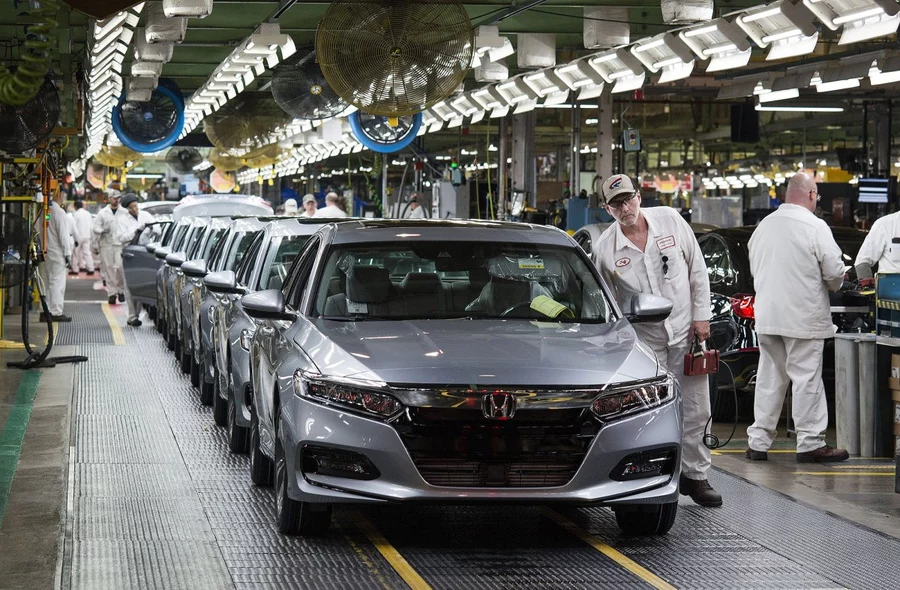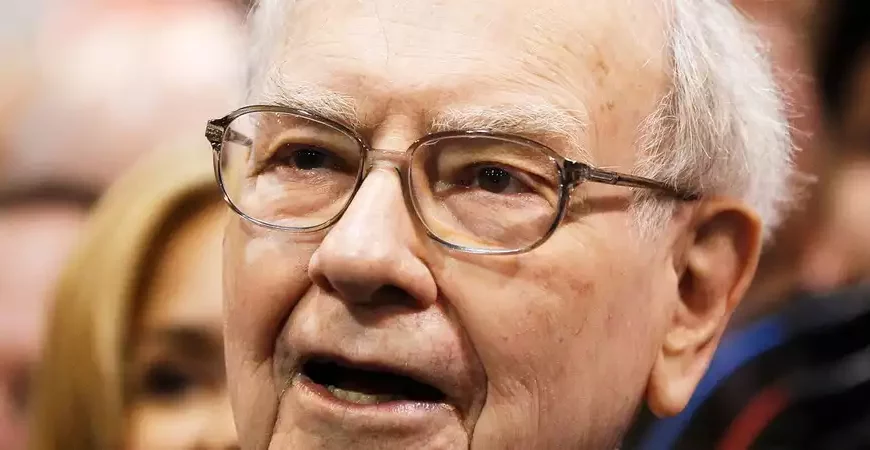Honda and Nissan in Talks for Landmark Merger, Eyeing Global Automotive Leadership
In a move that could reshape the global automotive landscape, Japanese automakers Honda and Nissan are reportedly in discussions for a potential merger. The proposed union aims to create the world’s third-largest automaker, with a target completion date of 2026. This strategic alliance comes as a response to mounting industry challenges and uncertainties facing traditional car manufacturers.
The automotive sector is currently grappling with a seismic shift towards electric vehicles, spearheaded by industry disruptor Tesla. Additionally, the growing importance of the Chinese market has put increased pressure on established automakers to adapt and remain competitive in a rapidly evolving industry.
Adding another layer of complexity to the potential merger is the possibility of Mitsubishi joining the alliance. The smaller Japanese automaker has until January 2025 to decide on its involvement, which could further expand the scope and influence of the proposed partnership.
The merger talks come against the backdrop of Nissan’s existing partnership with Mitsubishi and Renault. This alliance has faced its share of challenges, particularly in the wake of former chairman Carlos Ghosn’s arrest and subsequent escape from Japan. The incident has strained relationships within the partnership and raised questions about its future stability.
Renault, for its part, appears to be keeping its options open. A spokesperson for the French automaker stated, “Renault Group is open to all possibilities that could create value for the Alliance and its members.”
If successful, the Honda-Nissan merger could significantly alter the competitive dynamics of the global automotive market. The combined entity would possess enhanced resources and capabilities to tackle the industry’s ongoing transformation, potentially positioning it as a formidable rival to current market leaders.
As negotiations progress, stakeholders across the automotive sector will be closely watching the developments, assessing the potential impact on market share, technological innovation, and the future direction of the industry.




 By
By




 By
By

 By
By







